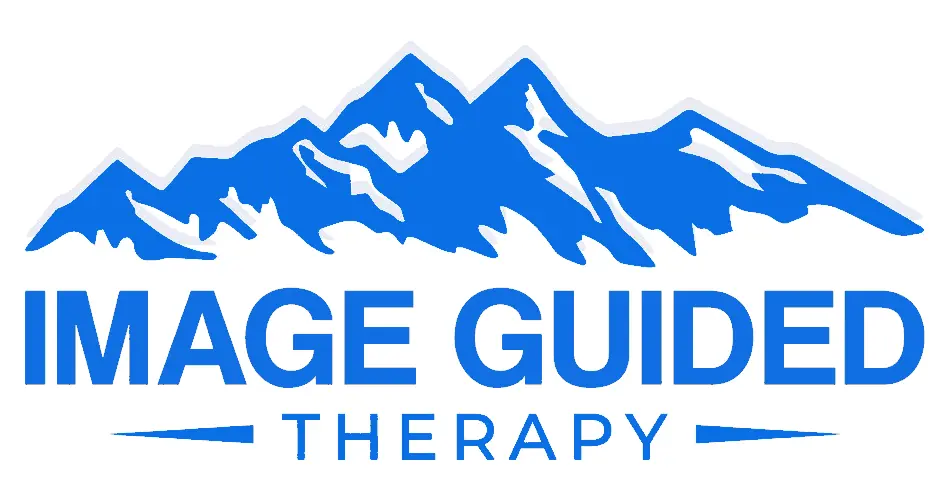CASE STUDY
Cardiovascular Service Line
Patient Identification and Care
Follow Up
Background
Mid-sized hospital which is part of large health system competing in a very saturated, aggressive market.
Hospital relies on the growth of their CV service line to hit their financial goals each year.
Facility payor mix is typical, and resources are very limited and scrutinized (FTE additions, partnerships, physician spend, etc.).
Like all hospitals, growing elective procedures is a fundamental component of the hospital’s strategic plan.
Problem
Cath lab procedure volume has been stagnant for two consecutive years, significantly effecting the facility’s EBITDA.
Over the past decade high-margin, high-volume procedures have increasingly shifted to outpatient surgery centers, while Cath lab procedures remain mostly at hospitals.
Hospital leadership knew CV patients were being discharged without establishing care relationships, leading to outpatient care being missed or handled by other facilities.
Existing tools and reporting mechanisms for identifying CV patients were segmented, lagging, and unreliable. Automated and reliable solutions were needed.
Our approach
Developed a fully automated CV identification, reporting, and tracking program that accurately retrieved patient data daily, integrated into a user-friendly dashboard, and was seamlessly incorporated into existing clinical care and patient navigation workflows.
Data Expertise and Execution
Collaborated with facility leadership to identify KPIs, and clinically important patient groups.
Leveraged our internal clinical expertise to develop a unique data process that accurately and automatically pulled and visualized the identified patient types.
Clinical and Operational Administration
Partnered with CV care team to generate workflows to operationalize the tool, emphasizing efficiency and ease of use for staff.
Developed a more aligned hospital-to-clinic relationship that enhanced communication and data sharing to ensure patient satisfaction, patient compliance, and appropriate care.
Strategic Performance Monitoring
Established a tracking process that measured multiple intervention points along the entire patient pathway, from identification through potential interventions in the cath lab.
Monitored volumes and KPIs in order to tie back results to establish program ROI with facility leadership.
Results
202
Identified patients
(all without previous CV relationship)
(all without previous CV relationship)
73
new Electrophysiology patients
400
Increase in annual contribution margin
81
of patients navigated attended their clinic visit






